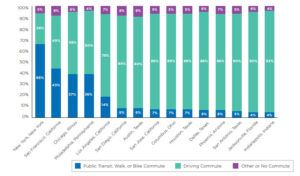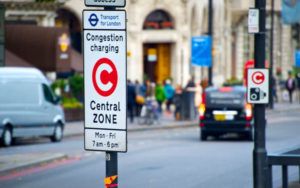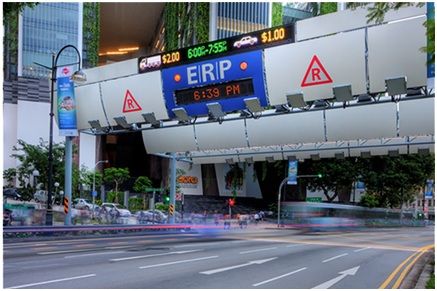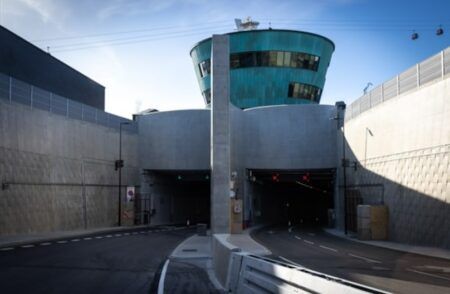The USA’s National League of Cities (NLC) has released a new guide that encourages cities to consider introducing congestion charging systems as a potentially economical solution to build thriving communities, calm traffic, reduce air pollution, and improve quality of life for residents.
In the report, the NLC explains that congestion pricing is a type of road user charge system in which a flat or variable rate fee is charged to vehicles that drive in a specified area or zone within a city. Congestion pricing models can help communities properly price the use of their roadways, which are a finite, in-demand good. These models are built on a basic economic concept: when a public good is in high demand, the price charged to use that good increases to reflect its value and thus, what users are willing to pay to use it. Most of these systems will be used to fund transit and infrastructure improvements.
In the ‘Making Space: Congestion Charging in Cities’ report, the NLC explores how congestion charging systems can become a practical funding alternative to keep up with the country’s transportation mobility projects. The study explains how congestion charging works, reviews the different pilot programs, and shows the potential advantages and barriers to implementing pilots in the USA. The report notes that the American Society of Civil Engineers (ASCE) has given the country’s infrastructure a ‘D+’ rating, which could cost almost US$5 trillion to fully fix and upgrade. Congestion charging systems could potentially raise billions of dollars per year and help fund these repairs.
The study notes that traffic congestion is a major problem in US cities, and is set to get worse as the population grows and transport systems continue to depend on cars and ride share applications. In US cities with populations of 50,000 or more, 91% of residents commute by car. In mid-sized cities it hovers between 86-87%, and in large cities, that number drops to 78%. Even among the 15 largest cities, only five have comprehensive transportation systems. Cities need an equitable way to ensure that the people have access to cleaner air and reasonable commutes to work, school and play. Congestion pricing is a new and emerging framework that does not yet exist in the USA, although New York City is about to launch a congestion charge. The report includes case studies from cities that have introduced charging schemes, including: London, Stockholm, and Singapore.
“It’s no secret that America’s physical infrastructure and natural environment are under threat,” said Clarence E Anthony, CEO and executive director of the NLC.“The people in our communities deserve better. By piloting new technologies like congestion charging systems, local leaders have the opportunity to find ways to sustainably improve conditions on and around America’s roads.”
Brooks Rainwater, senior executive and director for NLC’s Center for City Solutions, added, “The mobility landscape is changing: driverless cars, electric vehicles, e-scooters and even robots are coming to our streets. But we still haven’t fixed our nation’s infrastructure. We all deserve safe roads and bridges, clean air and access to transit. Ultimately, city leaders will be the ones to usher in the innovative, forward-looking systems to get us there.”





